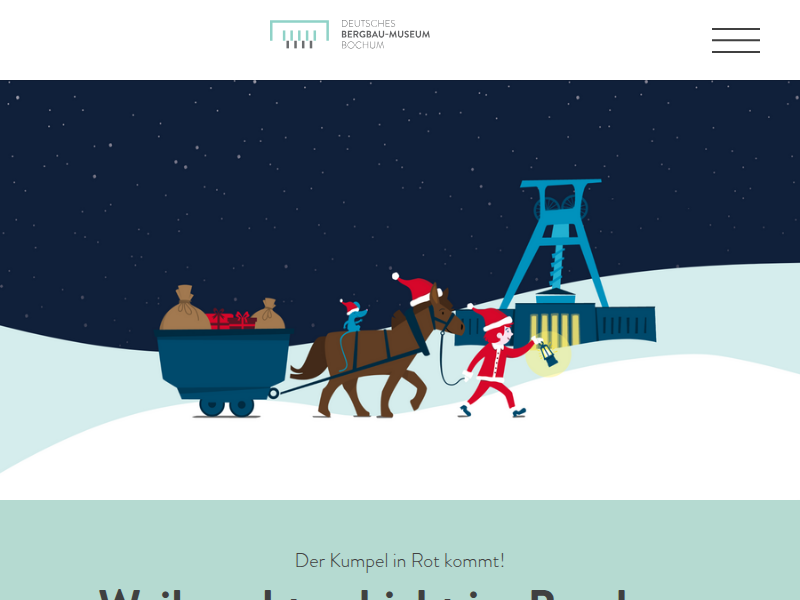Throughout Europe, the 3rd millennium is marked by the presence of large-scale ideologically-motivated interaction networks, and is believed to be a “period of passage” from a Neolithic economy based on ownership and mobilization of agro-pastoral resources, to a market economy, based on the long-distance exchange of metal, both as raw material and finished product. One of the most fascinating of these far-reaching contacts is the Cetina phenomenon, which spread from Dalmatia across the Central Mediterranean and represented a common denominator for areas from the Caput Adriae in the north to Sicily and the Maltese Islands, and the Peloponnese in the south.
Having abandoned the definition of Cetina as a bounded culture, the interpretative model

